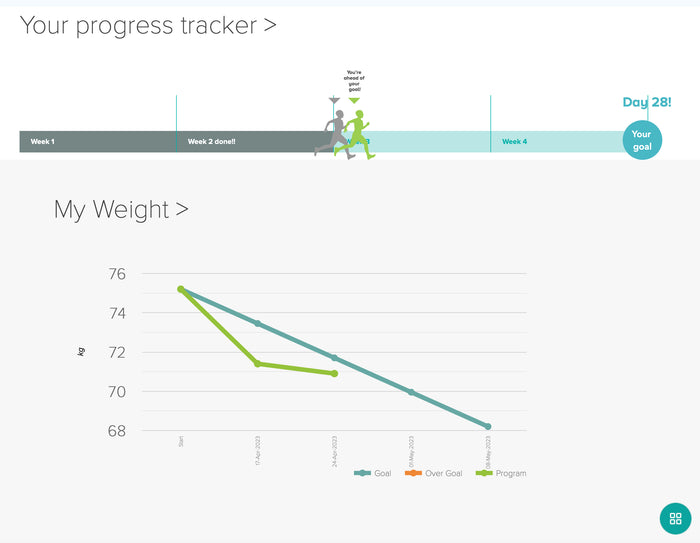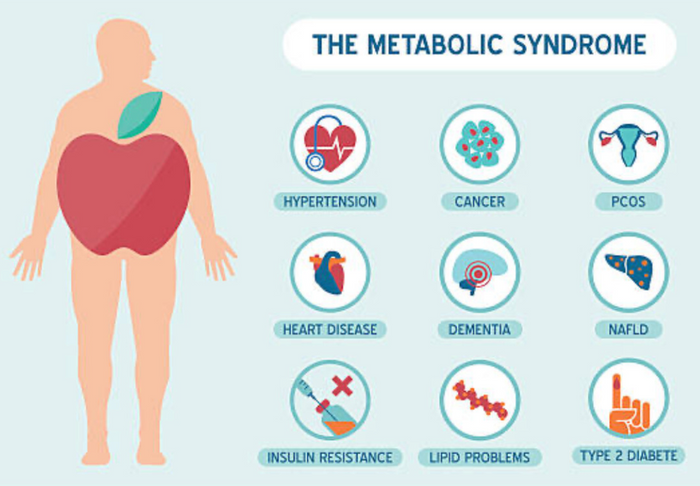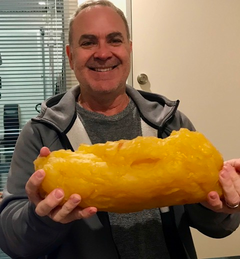- The word ‘menopause’ comes from the Greek words ‘menos’, meaning month, and ‘pause’, meaning to cease. Menopause means the monthly period stops.
- Usually you only know you have had your final menstrual period if you have had no period, for 12 months
- Women are born with about a million eggs in each ovary. At puberty about 300,000 eggs remain; by the menopause there are no active eggs left.
- From about 35 to 40 years, the number of eggs left in your ovaries decreases more quickly and you ovulate less regularly
- Most women reach menopause between 45 and 55 years of age – the average age of menopause for women in Australia is 51-52 years.
- Menopause sometimes occurs earlier than expected as a result of cancer treatment, surgery or unknown causes.
- Hormones are chemicals made in your body, which send messages through the bloodstream.
- The hormones of particular relevance at menopause are oestrogen and progesterone. The symptoms are created by changes in the levels of these hormones, which usually happen over months or years as you approach menopause.
1. Perimenopause
The lead-up to the menopause (running out of eggs)
2. The menopause
The final menstrual period (no more eggs)
3. Postmenopause
No period for 12 months or more
A healthy lifestyle can help to reduce symptoms:
- A nutritious diet helps with fatigue and moodiness
- Being physically active helps with stress and mood, as does healthy gut flora
- Keep an eye on your alcohol and caffeine intake, as they are known to make hot flushes worse
- Fat loss can help reduce hot flushes and allow a more stable balance in hormones … not to mention lowering your risk of disease
While weight gain during menopause is common, it’s not your destiny!
While menopausal hormone changes can cause changes in distribution of body fat, it doesn’t technically cause weight gain.
Causes of weight gain at this time in a womans life can be attributed to one or more of the following:
- Loss of lean muscle tissue (we lose 3% per decade after the age of 35) – which can be remedied with regular strength training. Muscle is metabolically active tissue and loss of this causes your body to function on less fuel.
- Mid-life hormonal changes (namely lowered oestrogen) commonly coincide with metabolic decline, which can be reversed. This is usually the time your body takes to gradually develop insulin resistance, poor liver function, etc.
- The fat distribution changes are perceived as ‘menopausal weight gain’, which is inevitably around your abdomen, however, it will only store there IF you store excess fat from poor lifestyle choices – not purely caused by menopause.
- Women of childbearing age tend to store fat in the lower body (making them ‘pear-shaped’), while men and postmenopausal women store fat around the abdomen (‘apple-shaped’).
- Loss of skin elasticity due to the aging process can make any fat deposition appear more obvious
We can often get away with inconsistencies in exercise in our 20’s and 30’s, however, regular strength training to retain optimum lean tissue become imperative by our mid to late 30’s to avoid losing this valuable tissue.
As women get older, their risk of cardiovascular (heart and blood vessel) disease increases. This may be partly due to the postmenopausal fat distribution changes. Body fat stored within the abdominal wall and around the internal organs (visceral fat) is a risk factor for the development of cardiovascular disease.
And for the men!
Hormone changes are a natural part of aging. Unlike the more dramatic reproductive hormone plunge that occurs in women during menopause, however, sex hormone changes in men occur gradually. Here's what you need to know…
- The term "male menopause" has been used to describe decreasing testosterone levels related to aging.
- But aging-related hormone changes in women and men are different.
- In women, ovulation ends and hormone production plummets during a relatively short period of time. This is known as menopause.
- In men, production of testosterone and other hormones declines over a period of many years and the consequences aren't necessarily clear. This gradual decline of testosterone levels is called age-related low testosterone.
- A man's testosterone levels decline on average about 1% a year after age 40. But most older men still have testosterone levels within the normal range, with only an estimated 10% to 25% having levels considered to be low.
- Low testosterone levels in older men often go unnoticed. Testosterone levels can be checked by a blood test, but tests aren't routinely done.
- Many men who have low testosterone levels experience no symptoms. Similar symptoms can also be caused by a person's age, medication use or other conditions, such as having a body fat percentage of 20% or higher.
Signs and symptoms suggestive of low testosterone include:
- Reduced libido
- Erectile dysfunction
- Infertility
- Height loss, low trauma fracture or low bone density
- Hot flushes or sweats
- Increase in stored body fat and a decrease in lean muscle tissue
- Decreased energy, motivation and confidence, depressed mood and poor concentration




























